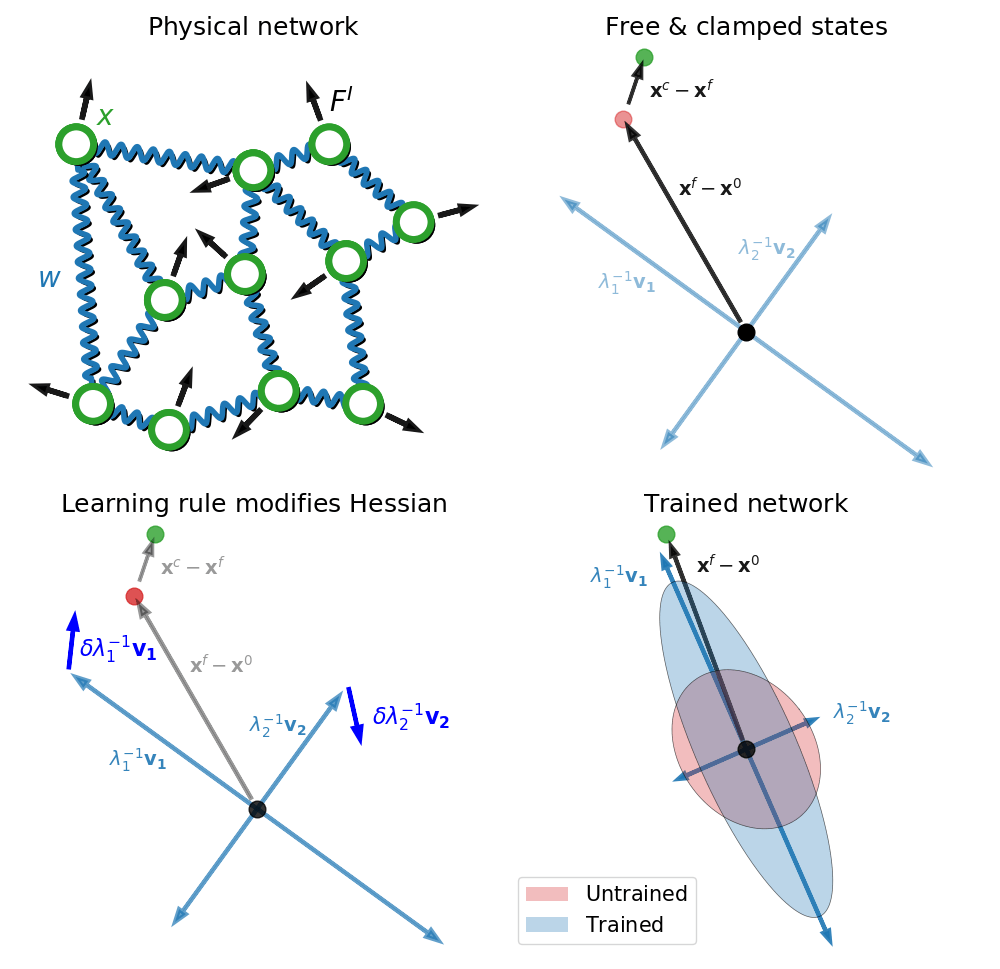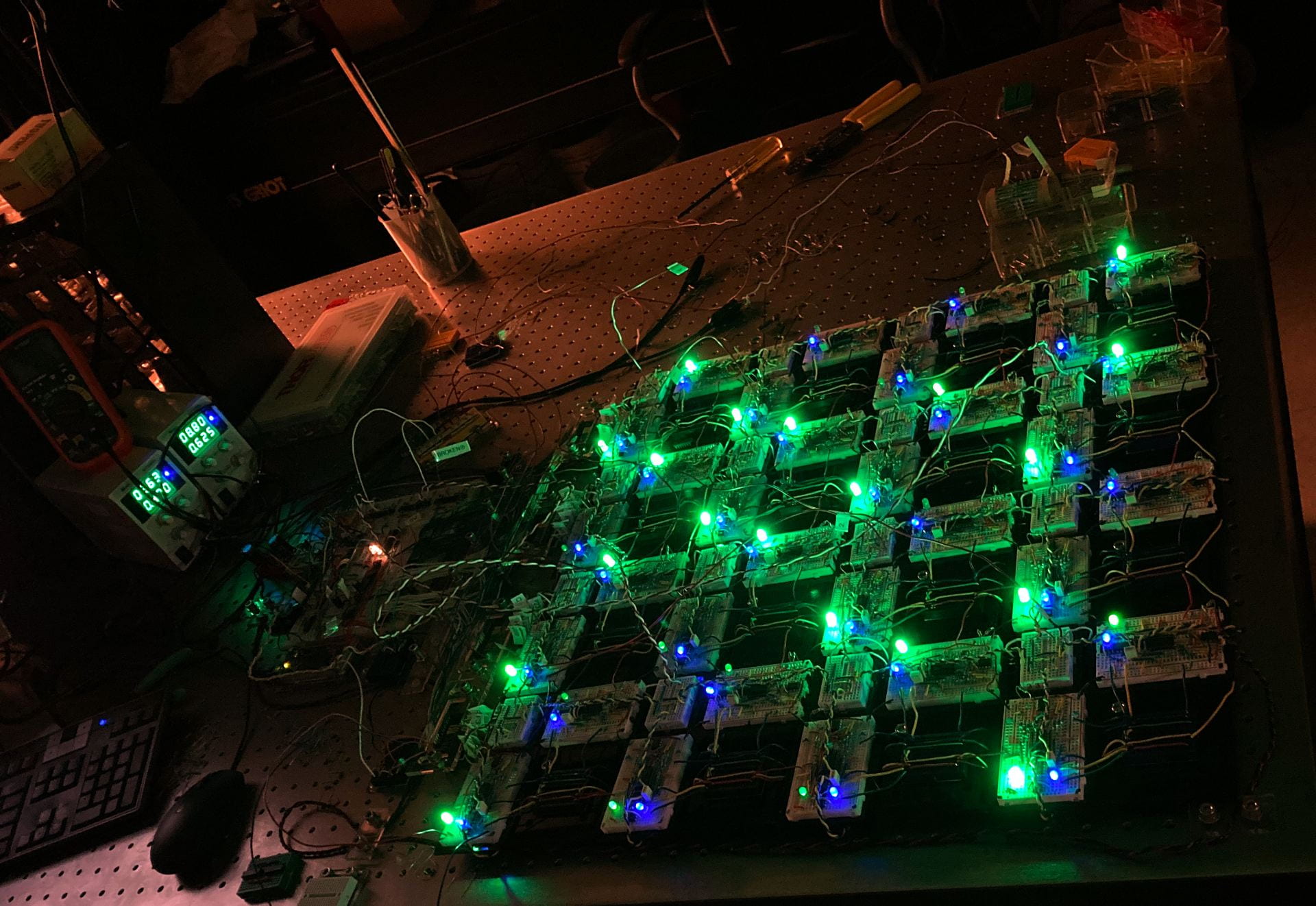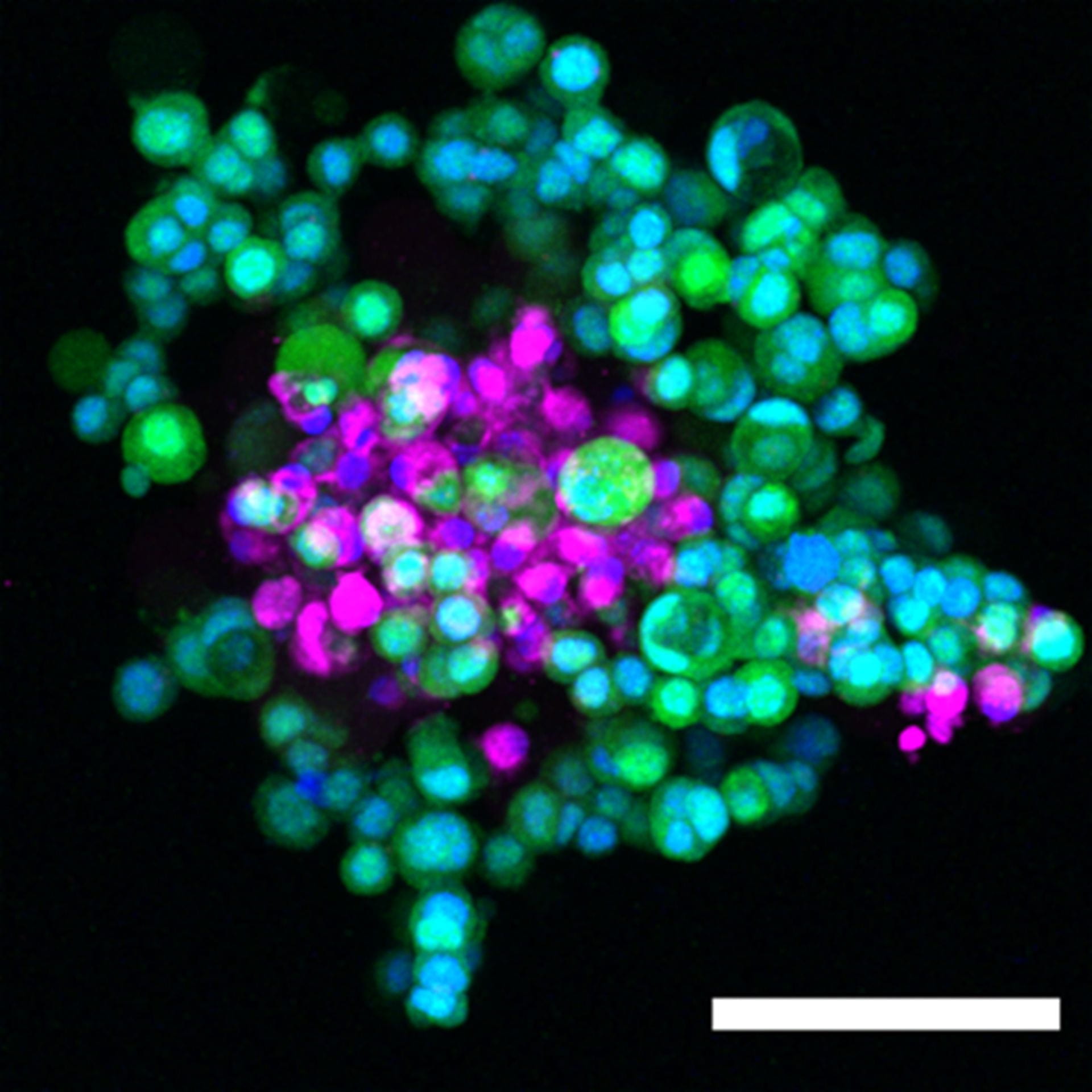Welcome to the Center for Soft and Living Matter at the University of Pennsylvania!

This interdisciplinary center brings together more than 60 faculty working on soft and living matter from more than 10 departments across the Penn campus, from the School of Arts and Sciences as well as the School of Engineering and Applied Sciences.
The intellectual richness, reach and applications of the field make it an exciting one that has grown (and continues to grow) rapidly in many science and engineering departments across the country. The field appeals to many universities because it is highly interdisciplinary and is linked strongly to the discovery of new phenomena and the development of new materials, techniques and applications.
Penn has long been an intellectual center for soft and living matter and was among the first universities to invest seriously in the field. Nowhere else has there been a comparable investment in soft-to-living matter across departments and schools. As a result, Penn has been at the forefront of the field for the last 15 years. It boasts many distinguished faculty members across the relevant departments who have reaped multiple awards and honors and have helped set intellectual agendas across campus. As an example, the Laboratory for Research on the Structure of Matter (LRSM) has included a significant number of soft/living matter researchers since its inception more than 60 years ago. Since then, the LRSM has been continuously funded by the NSF for collaborative research. This has fostered a culture of collaboration across disciplines in soft and living matter at Penn that is unmatched anywhere.

Soft Matter
Soft matter research encompasses the study of collective phenomena in many-body systems in which quantum mechanics does not play an explicit role. The intellectual territory spanned by soft matter is vast in its reach. It covers the range of length scales from nanometer-sized liquid crystals or particles to geological features such as craters and river networks. Some of the biggest outstanding challenges in the sciences—to understand emergent collective phenomena in strongly-correlated many-body systems that are not crystalline, that are far out of equilibrium, that have nonlinear responses or that are designed either by humans or by natural evolutionary processes to have special properties or functions, for example—are confronted in their purest forms in this area. These scientific challenges underlie some of the most exciting, high-profile and societally-important areas in engineering, ranging from nanomaterials, biomaterials/bioengineering and energy applications such as batteries and fuel cells to robotics and data science.
Living Matter
Areas that have long been regarded as interface topics between different fields of science or engineering with biology, such as biophysics, biomathematics, bioengineering and quantitative biology, are increasingly recognized as sharing common preoccupations that tie them together into a field of their own, living matter. The phenomena of life pose challenges to our understanding of strongly-correlated many-body systems that range far beyond those typically encountered in non-living systems. To improve the ability of organisms to survive, interactions among the many components comprising living systems have been tuned by the process of evolution to lead to biological functions of great specificity, precision and complexity that are unmatched by properties of human-made materials. This poses fundamentally new scientific questions. The answers to these questions have great societal relevance through medicine and engineering. Like soft matter, the systems needed to sustain life range in size from the nanoscale to the geological scale. Living systems typically operate at relatively high temperatures, so quantum phenomena play a minor role. As a result, the fields of living and soft matter are closely intertwined. Researchers wander freely and frequently between soft and living matter, carrying experimental, computational and theoretical tools, concepts and questions in both directions. Over the years, they have constructed a continuum of research spanning between soft and living matter science and engineering.


















